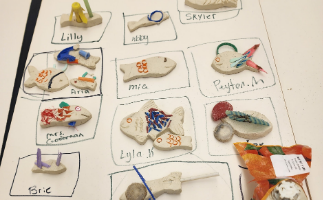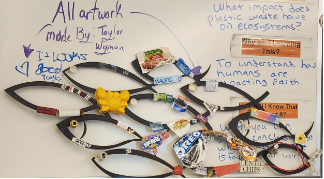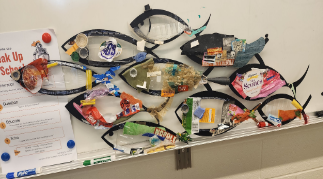For the final three weeks of science and biology classes at Marion Central Jr/Sr High School, four sustainability fellows and three advisors took on our most unexpected, yet most vital challenge yet: encouraging a space for creative expression.
After long days of hauling microscopes, sampling water, and collecting data, fatigue crept into the classroom like a second shadow. Everyone was tired. Students. Teachers. Us. And yet, our next activity? Art.
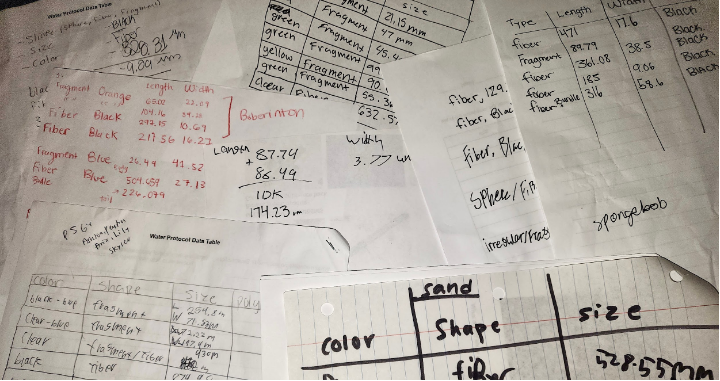
Finally. A moment to breathe.
For many of us, this was a welcome shift. Many of the students didn’t feel at home in science. For them, this class was one in a string of subjects that left them bored or feeling behind. Some were planning on attending summer school to catch up. Others sat quietly, shoulders low, eyes dulled. Seeing their tired faces was hard, but familiar.
I saw pieces of myself in them.
When I was in high school, I took the hardest classes, grinding through packed schedules to meet personal goals. Academic rigor was my comfort zone, but even then, I clung tightly to art. Whether it was orchestra, 2D design, or 3D sculpture, I made space for it every year. Art was my reset button. It was the one place no one expected me to get the answer “right.”
As I looked into the faces of the students I had started to know over these three weeks, I realized something I’d always known but never put to words.
Freedom isn’t just about having choices, it’s about having space.
Space to explore. Space to fail. Space to feel.
This is what art gave us.
The classroom shifted. The same students who were once hesitant were now laughing, scribbling, hot-gluing everything they could and jumping when the heat met their fingertips with curiosity. There were no rubrics or correct answers. Just color, imagination, and permission to express. For some, it was the first time they truly leaned into science. They began asking more questions.
– “How does gluing plastic on this thing [a metal sculpture] really help?”
– “If the plastic can melt, can’t we just burn everything and get rid of it?”
– “What do we do with these small scraps? If we throw it away, where does it go?”
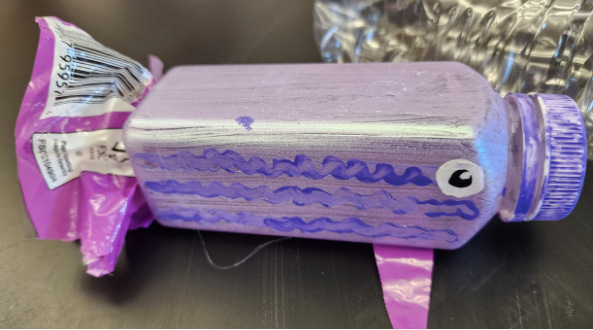
When you let kids tap into their imagination, when you let art live in the same room as data and observation, the freedom to communicate oneself blooms. Not just for the artsy kids. Not just for the ones who love school. But even for those who don’t usually care. Especially for them.
Art doesn’t fix everything. But sometimes, it unlocks something small and sacred in us. Something that says:
You’re allowed to be curious.
You’re allowed to play.
You’re allowed to feel free.
